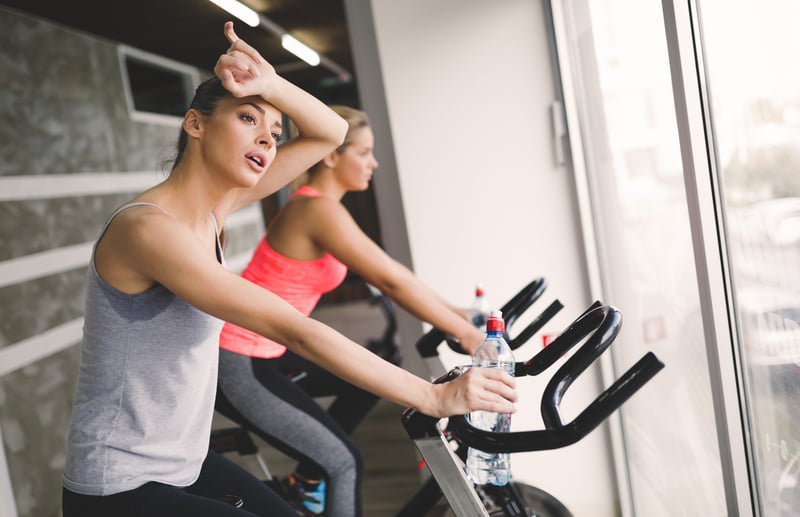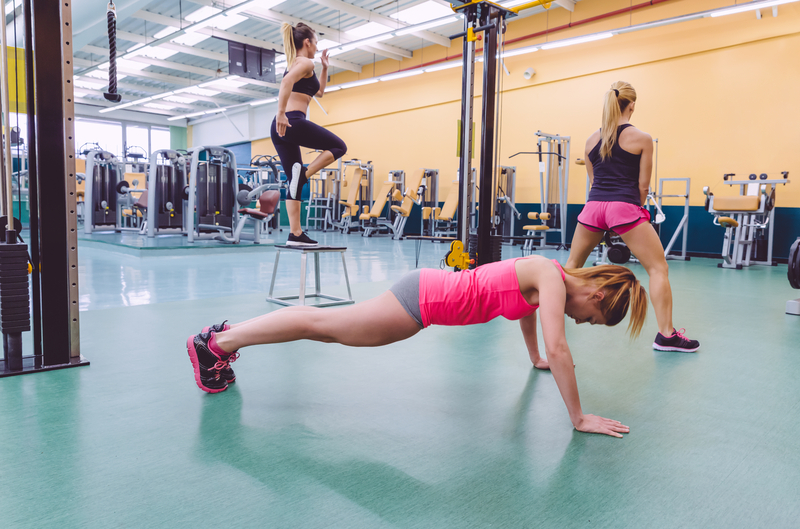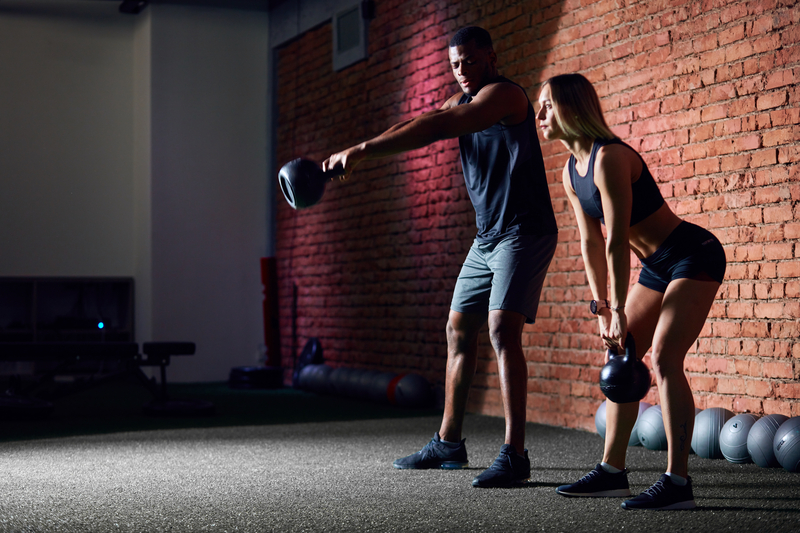Afterburn Effect: Exercises That Burn the Most Calories After

Are you ready to turn your run of the mill workout into a powerful fat-burning activity with the afterburn effect? If you answered with a resounding “yes!” then you’re in the right place! Learn how to take your normal everyday workout and apply these principles to create a fat-burning effect that lasts long after you leave the gym.
What is the Afterburn Effect?
You may be wondering what is meant by the “afterburn effect.” The afterburn effect is the ability for your body to continue to burn extra calories long after your workout is over. Usually, you will burn a host of calories during the time you’re working out, and that makes a lot of sense. But, did you know there are certain activities that can keep your body in high fat-burning mode for hours after your workout has ended? It’s true! And it’s called the afterburn effect, or EPOC (excess post-exercise oxygen consumption).
When you exercise, your system speeds up and your body has to take in and consume more oxygen than it normally would when at rest (oxygen consumption). You know you’re taking in more oxygen because you’re breathing harder and faster than when you’re not exercising.
Taking in oxygen requires calories, so the more oxygen you’re taking in through exercise, the more calories you’re burning and, thus, the faster your metabolism. This happens naturally when you exercise, but there are certain types of exercise that keep your body in a revved-up state for hours after you’re done working out.
How EPOC Works
When you eat, your body takes the food you consume and turns it into glucose in your bloodstream. This is then converted into what’s called ATP (adenosine triphosphate), and it’s what provides your body the energy for muscle movement. ATP can be produced through aerobic pathways or through anaerobic pathways. When you get yourself warmed up, you easily tap into your available aerobic pathways for energy. But, once you start moving with great intensity, your body is forced to tap into the anerobic channels for energy, which means you will need to “catch up” on getting oxygen after the workout—thus, the post-exercise excess oxygen consumption.
4 Exercises to Maximize the Afterburn Effect
The afterburn effect takes place when you push yourself so hard during your workout that your body still has to take time to recover after your workout. The number of calories you continue to burn after completing your workout will vary based on age, gender, the length of time you train, and the intensity and type of workout you do. There are a number of ways you can bump up your long-term calorie burning, but some of the most popular methods are done with some form of what’s known as high-intensity interval training (HIIT).
Keep in mind, for the afterburn to kick in, the intervals must truly be intense. Also, because of the intense nature of such workouts, and the recovery time necessary, it’s best not to do this type of workout without at least a full day of rest in-between each session.
1. HIIT for Max Afterburn Effects

HIIT training will have you doing short bursts of all-out effort followed by longer intervals of “rest,” meaning low-intensity movement. For example, if you were to do some HIIT training on a cycle at the gym, it might look like this:
- 5-minute warm-up
- 15 seconds pedaling as fast as you can
- 45 seconds pedaling slowly as you recover
- Repeat the fast/slow cycles 15 times.
- End with a 5-minute cooldown
HIIT training sessions usually last between 15 and 30 minutes, maximum. Always be sure to include a good five-minute warm-up and at least a five-minute cooldown. The more intense the workout, the better the afterburn effect.
You can apply this type of training to many aerobic activities like walking/jogging, jogging/sprinting, stair climbing, swimming, and bicycling.
2. Strength Training for Afterburn Effects

Strength training (resistance training) can also produce an EPOC response, especially when you perform compound movements. Compound movements use several muscles and joints to complete the movement. For example, a squat will involve the legs, glutes, core, and lower back (a compound movement) whereas a biceps curl would only really use the biceps muscles. The greater the overall volume, load, and stress placed on the muscles throughout the workout, the bigger the afterburn effect will be as your body recovers and repairs over the next 12 – 24 hours.
3. Circuit Training for EPOC

You can also use circuit training to create the afterburn effect. Circuit training is moving between a circuit of exercises, one after the other, with little to no rest in-between. Try to incorporate exercises for all the different muscles in the body, and you may even want to do a few minutes of high-intensity cardio in-between each exercise. This combination of weight training, coupled with aerobic conditioning, will create the EPOC effect you are looking for.
4. Tabata and EPOC

Tabata is also another form of both strength and aerobic training, and its quick succession of exercises makes it the perfect match for a HIIT workout. Start with a tough exercise like jump squats, pushups, kettlebell swings, or anything else that gets your body moving. Do 20 seconds of all-out effort followed by 10 seconds of rest. Do eight rounds of this to complete your Tabata workout.
So, what’s the best type of exercise to do to kick in the afterburn effect? All of them! Try adding any of these types of exercises to your fitness routine for variety and fun.




 7 Signs Your Body is Seriously Low on Collagen (not just wrinkles)
7 Signs Your Body is Seriously Low on Collagen (not just wrinkles) Health Expert: "Turmeric Doesn't Work (unless...)"
Health Expert: "Turmeric Doesn't Work (unless...)" 3 Warning Signs Your Probiotic Supplement is a Total Waste
3 Warning Signs Your Probiotic Supplement is a Total Waste

